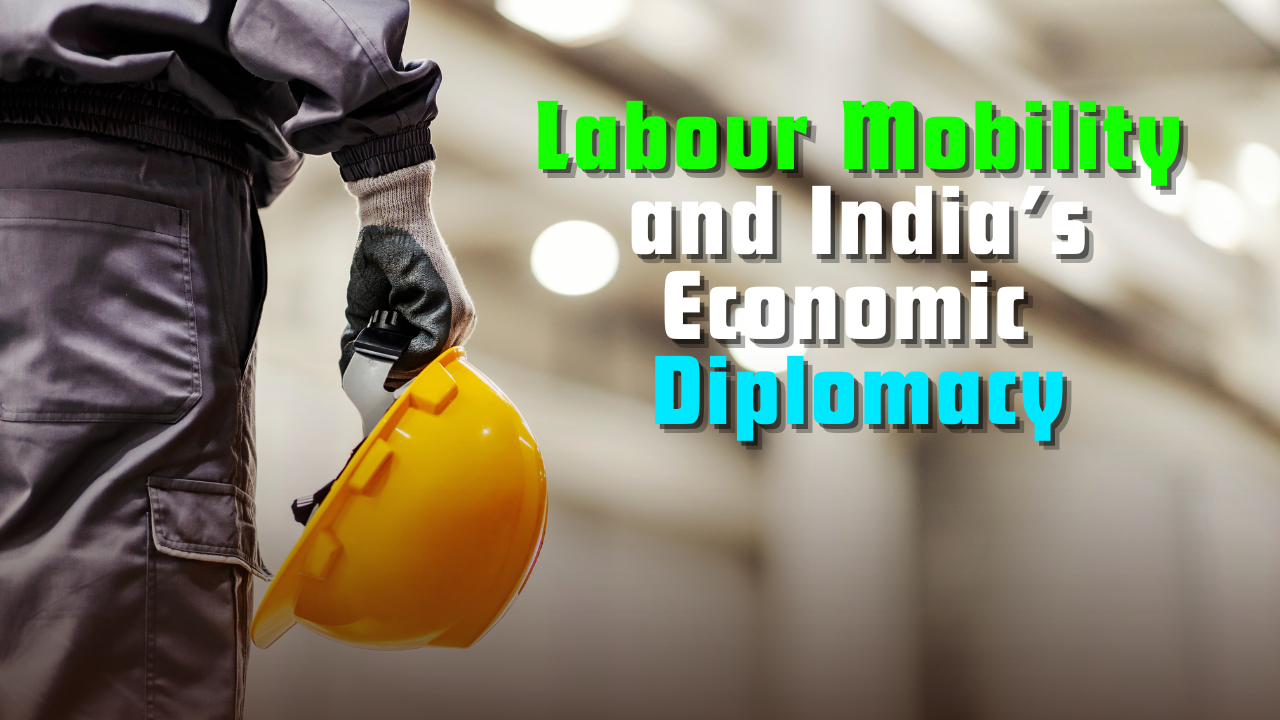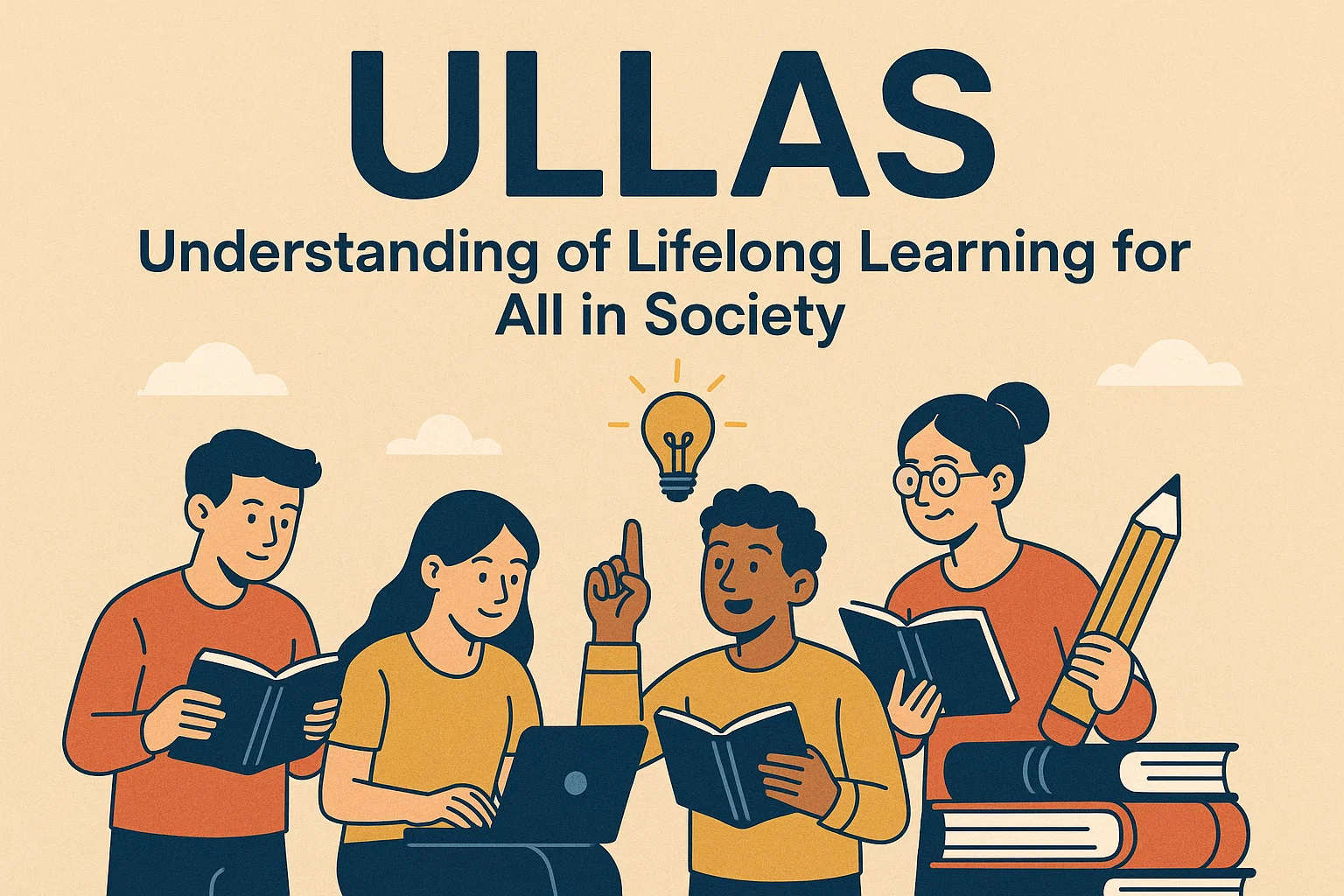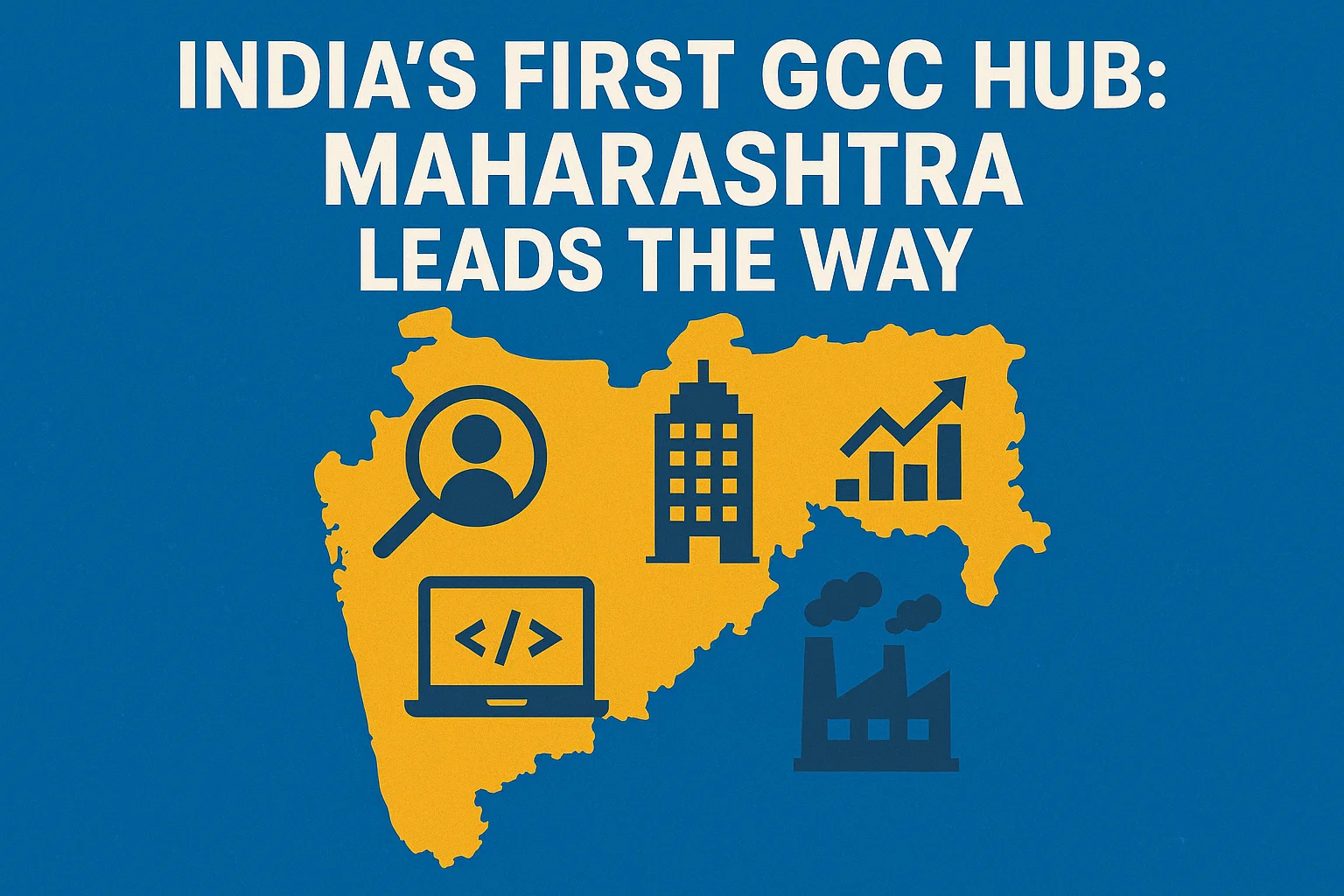Font size:
Print
Labour Mobility and India’s Economic Diplomacy
Labour Mobility: India’s youthful population of over 600 million under 25 offers a powerful demographic dividend. To realise its full potential, India must strategically leverage labour mobility through policies on skill recognition, social security, and gender inclusion.
How Does Labour Mobility Influence India’s International Economic and Diplomatic Relationships?
- Remittances & Economic Gains: India is the world’s largest recipient of remittances (over $125 billion in 2023), reinforcing its economic resilience.
- Trade Negotiations: Labour mobility clauses in FTAs (e.g., India-UK FTA 2025) secure better terms for Indian workers, such as social security exemptions and easier visa norms.
- Soft Power & Diaspora Influence: The Indian diaspora (over 32 million globally) enhances India’s geopolitical influence, as seen in the US, UK, and Gulf nations.
- Countering China’s Labour Dominance: By supplying skilled labour to ageing economies (e.g., Japan, Germany, Australia), India positions itself as an alternative to China in global labour markets.
What are the Challenges for India’s Global Workforce Integration?
- Skill Recognition Barriers: Indian qualifications (e.g., engineering, nursing) often face undervaluation in Western markets, leading to underemployment.
- Social Security Portability: Migrant workers lose contributions when returning home due to lack of bilateral agreements.
- Gender Disparity: Female workforce participation in migration remains low (~20% of total migrants), limiting economic potential.
- Geopolitical Restrictions: Rising anti-immigration policies (e.g., Trump-era US, Meloni’s Italy) constrain mobility.
What are the Available Opportunities?
- Demand in Ageing Economies: Sectors like healthcare, IT, and construction in Europe and Japan face labour shortages.
- FTAs & Mobility Partnerships: Deals like MATES (Australia) and EU Blue Card ease skilled migration.
- Knowledge Transfers: Indian professionals in Silicon Valley, Germany facilitate technology spillovers.
- Diaspora Diplomacy: The diaspora acts as a bridge for investments and cultural influence.
How Can India Leverage Labour Mobility to Enhance Bilateral and Multilateral Partnerships?
- Negotiating Labour Clauses in FTAs: India-UK FTA’s social security exemption saves Indian firms ₹4,000 crore/year.
- Push for automatic qualification recognition in sectors like IT, healthcare, and engineering.
- Gender-Inclusive Policies: Special visa schemes for female nurses, caregivers, and IT professionals. Partnerships like Philippines’ ‘Caregiver Visa’ model.
- Diaspora Engagement: Pre-departure training (language, cultural integration). Dual citizenship or OCI-like schemes in key nations.
- Multilateral Frameworks: Advocate for Global Skill Partnerships at G20, ILO. Join ASEAN Mutual Recognition Arrangements (MRAs) for professions.
What Policy Measures Are Needed?
- National Skills Recognition Authority (NSRA): Standardise Mutual Recognition Agreements (MRAs) with EU, UK, Australia. Fast-track equivalency assessments for Indian degrees.
- Social Security Agreements (SSAs): Expand SSAs with Germany, Japan, Canada to prevent contribution losses.
- Pre-Departure Orientation & Reskilling: Australia’s APTC model (language + digital training).
- Gender-Responsive Mobility Policies: Quotas for women in key sectors (healthcare, education). Safe migration corridors for female workers.
- Infrastructure-for-Mobility Deals: Partner nations invest in Indian skilling institutes in exchange for labour access.
Subscribe to our Youtube Channel for more Valuable Content – TheStudyias
Download the App to Subscribe to our Courses – Thestudyias
The Source’s Authority and Ownership of the Article is Claimed By THE STUDY IAS BY MANIKANT SINGH




